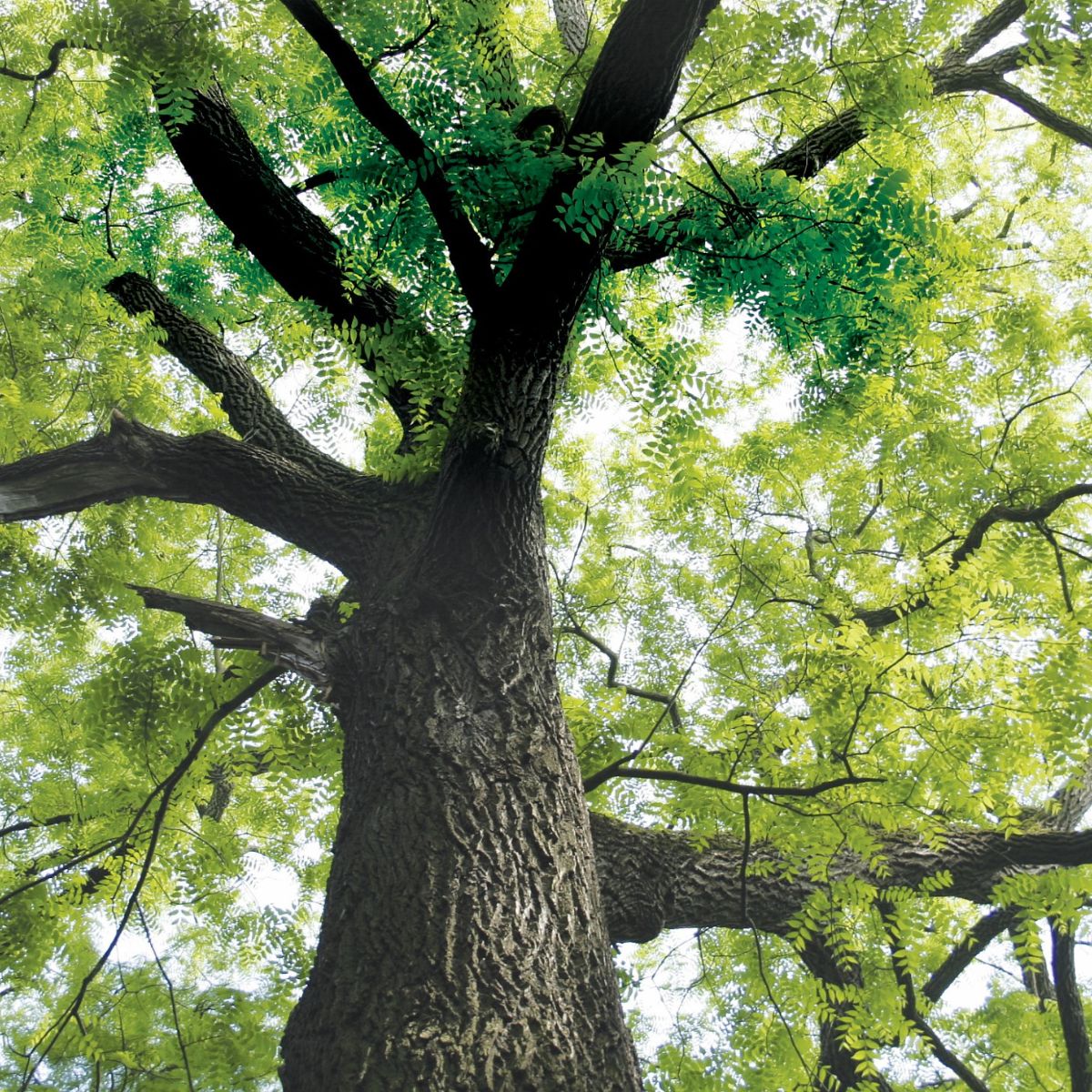How Much Can I Sell My Black Walnut Tree For?
2025-04-01

A mature black walnut tree on your property can feel like a winning lottery ticket. These majestic trees are the source of one of North America's most prized hardwoods, sought after for everything from fine furniture to high-end veneers. However, before you start planning your dream vacation, it's crucial to understand that the answer to "How much can I sell my black walnut tree for?" is complex. A tree's value can range from being negligible (or even costing you money to remove) to fetching thousands of dollars. This guide will break down what determines the value of your black walnut and how you can approach the selling process.
It's Not Just a Tree, It's Timber: Key Factors Determining Value
A buyer, whether it's a local lumber yard or a large sawmill, doesn't see a yard tree; they see potential logs that can be milled into valuable lumber. The price they're willing to pay is directly tied to the quality and quantity of that potential lumber. Here are the most critical factors they will assess.
1. Size: Diameter and Merchantable Height
Size is the starting point for any valuation. The two key measurements are:
- Diameter at Breast Height (DBH): This is the diameter of the trunk measured at 4.5 feet up from the ground. For a walnut tree to be commercially valuable, it generally needs a DBH of at least 18-20 inches. Larger diameters are exponentially more valuable.
- Merchantable Height: This is the length of the straight, usable log from the stump to the first major fork or large branches. A longer, clear trunk means more high-quality rough cut lumber. A minimum of 8-10 feet of clear trunk is typically required to attract serious buyers.
2. Quality and Grade: The Difference Between Firewood and Fine Veneer
This is the most important factor. A massive tree can be worthless if the quality is poor. Buyers are looking for:
- Straightness: A perfectly straight trunk is ideal. Crooks, curves, or sweeps in the log reduce the amount of usable lumber that can be milled.
- Absence of Defects: The fewer defects, the higher the value. This includes knots, old branch scars, cracks, seams, and any signs of rot or disease. The most valuable logs are "clear," meaning they are free of these imperfections.
- Veneer vs. Sawlog Quality: The holy grail is a "veneer" log. These are large-diameter, perfectly straight, and flawless logs that can be thinly sliced to create veneer for high-end furniture and cabinetry. Veneer logs command the highest prices by a significant margin. Most trees, however, will only qualify as "sawlogs," which are milled into solid rough cut lumber.
3. Location and Accessibility: The "Yard Tree" Problem
Where the tree is growing matters immensely. A forest-grown tree, which had to compete for light, typically grows much straighter and with fewer low branches than a tree grown in an open yard. Furthermore, a "yard tree" presents significant challenges:
- Risk of Metal: Trees in yards often contain hidden nails, screws, or clothesline hooks. Hitting a piece of metal can destroy an expensive sawmill blade or veneer knife, making many buyers hesitant to even consider yard trees.
- Extraction Costs: Removing a massive tree close to a house, power lines, or other structures is a delicate and expensive operation. The high cost of removal can often exceed the value of the timber itself, resulting in a net loss for the homeowner.
So, What’s the Price? Understanding Board Feet and Market Rates
Timber is typically measured and sold by the "board foot," a unit of volume equal to a piece of wood 12 inches square and 1 inch thick. The value of a log is calculated by estimating its board-foot volume (using a formula like the Doyle Log Scale) and multiplying it by the current market rate for that species and grade.
As of mid-2025, prices can vary wildly. A low-grade sawlog might fetch $0.50 to $1.50 per board foot. A high-quality sawlog could bring $2.00 to $5.00+ per board foot. For a rare, exceptional veneer-quality black walnut log, prices can soar to $10.00-$20.00 or more per board foot, leading to a total value in the thousands or even tens of thousands for a truly world-class tree.
How to Sell Your Black Walnut Tree
If you believe you have a valuable tree, do not cut it down! The way a tree is felled and bucked (cut into log lengths) is critical to preserving its value. Your best course of action is to contact a professional.
- Consult a Forester: A consulting forester can provide an unbiased, professional appraisal of your tree's value and help you find reputable buyers.
- Contact a Reputable Sawmill or Lumber Yard: A local lumber yard or sawmill that deals in hardwoods can be an excellent resource. They can assess the tree and, if interested, make you an offer. They understand the logistics of safe removal and processing.
- Get Multiple Offers: If you have a high-value tree, it's wise to get offers from several buyers to ensure you're getting a fair market price.
Crimson Lumber Co: Your Local Timber Experts
At Crimson Lumber Co. in Prattville, we understand the true potential of local hardwoods. While we specialize in providing high-quality lumber, we also have the expertise to help landowners assess their timber. If you have a large, high-quality black walnut tree and are wondering, "How much can I sell my black walnut tree for?", we can help. Our team can connect you with the right professionals for an accurate appraisal and help you understand your options. Before you make any decisions, contact us to ensure you unlock the maximum value of your timber asset.